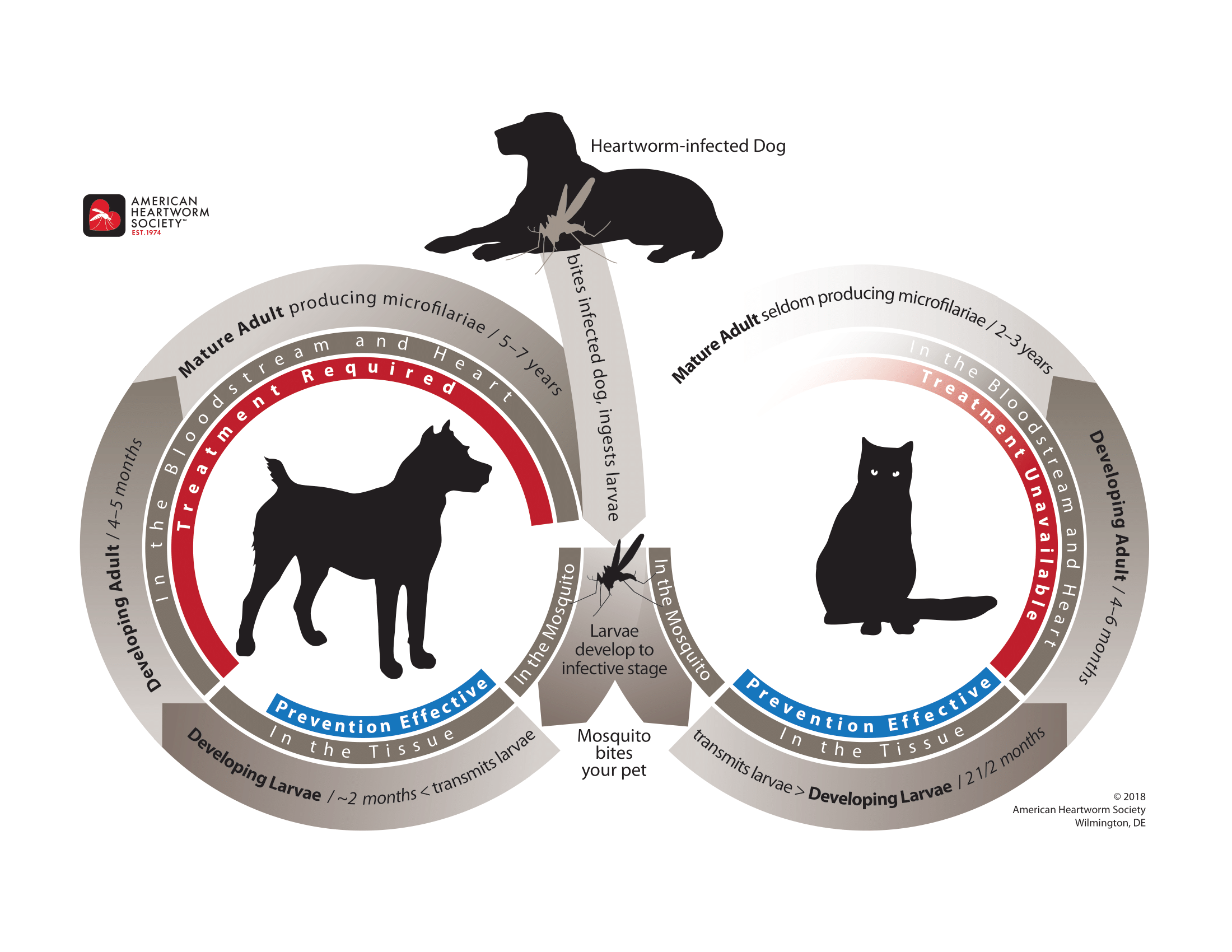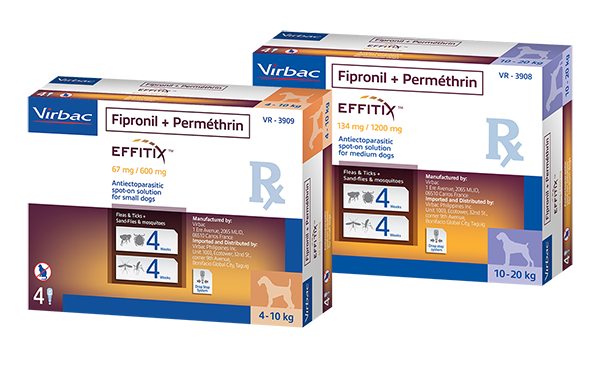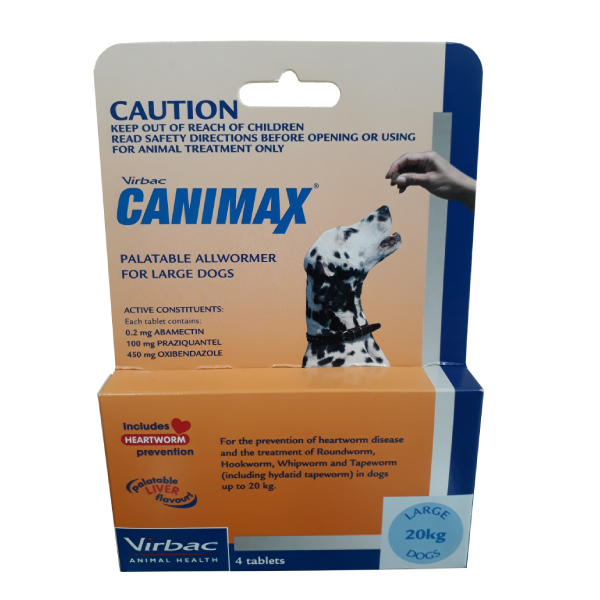
Protecting dogs from mosquitoes and dirofilariosis
We all know how irritating a mosquito bite can be, but these biting pests can also transmit parasites to our pets. One of the most dangerous diseases is due to a nematode worm, called Dirofilaria immitis.
Your veterinarian can offer you advice on insecticides and mosquito repellents that may prevent your pet from being bitten by an infected mosquito.
The “heartworm” grows in the heart and arteries
Mosquitoes transmit the larvae of D. immitis but once adult, the heartworm can reach 30 cm long. It lives in the heart and lung arteries, and there can be up to 250 worms in the heart of an infested dog! The heartworm causes heart murmurs and breathing problems that slowly get worse as is grows.
The "heartworm" is responsible for the deaths of many dogs in warm countries, where it is widespread. As climates change, the prevalence is increasing in Europe.
Cutaneous dirofilariosis
Dirofilaria repens is a much less dangerous parasite than D. immitis but it is more widespread in Europe. Once it has been transmitted by a mosquito, this smaller worm grows just below the surface of the pet’s skin, creating small lumps, which can become infected. Sometimes the dog exhibits violent symptoms, similar to allergic reactions. D. repens can also affect the eyes.
Adult worms release larvae into the blood stream, which are ingested by mosquitoes when they feed. The active larvae are then injected into a new host, when the mosquito feeds again. The parasitic cycle can then be maintained for several years.
Treatment
When a dog lives or travels in an area where it might be contaminated by D. immitis, screening tests are recommended. The dog's health will be more easily protected if parasites are eliminated before they can induce clinical signs. A treatment undertaken when the parasites have reached the adult stage is dangerous: adult worms killed by the drug can disrupt the blood circulation, sometimes leading to the death of the dog.
In risky areas, a monthly preventive treatment may be prescribed against Dirofilaria immitis. Treatment usually begins one month before mosquitoes become active and should continue for one month after exposure to insects.
Dirofilariosis can affect human beings. Most of the time, the disease occurs in the cutaeous form. Like dogs, humans are contaminated by mosquitoes that transmit the parasite's larvae. Reducing the pressure of dirofilariosis in dogs and in wild carnivores would reduce the risk to humans as dogs are the main source of human infection.



